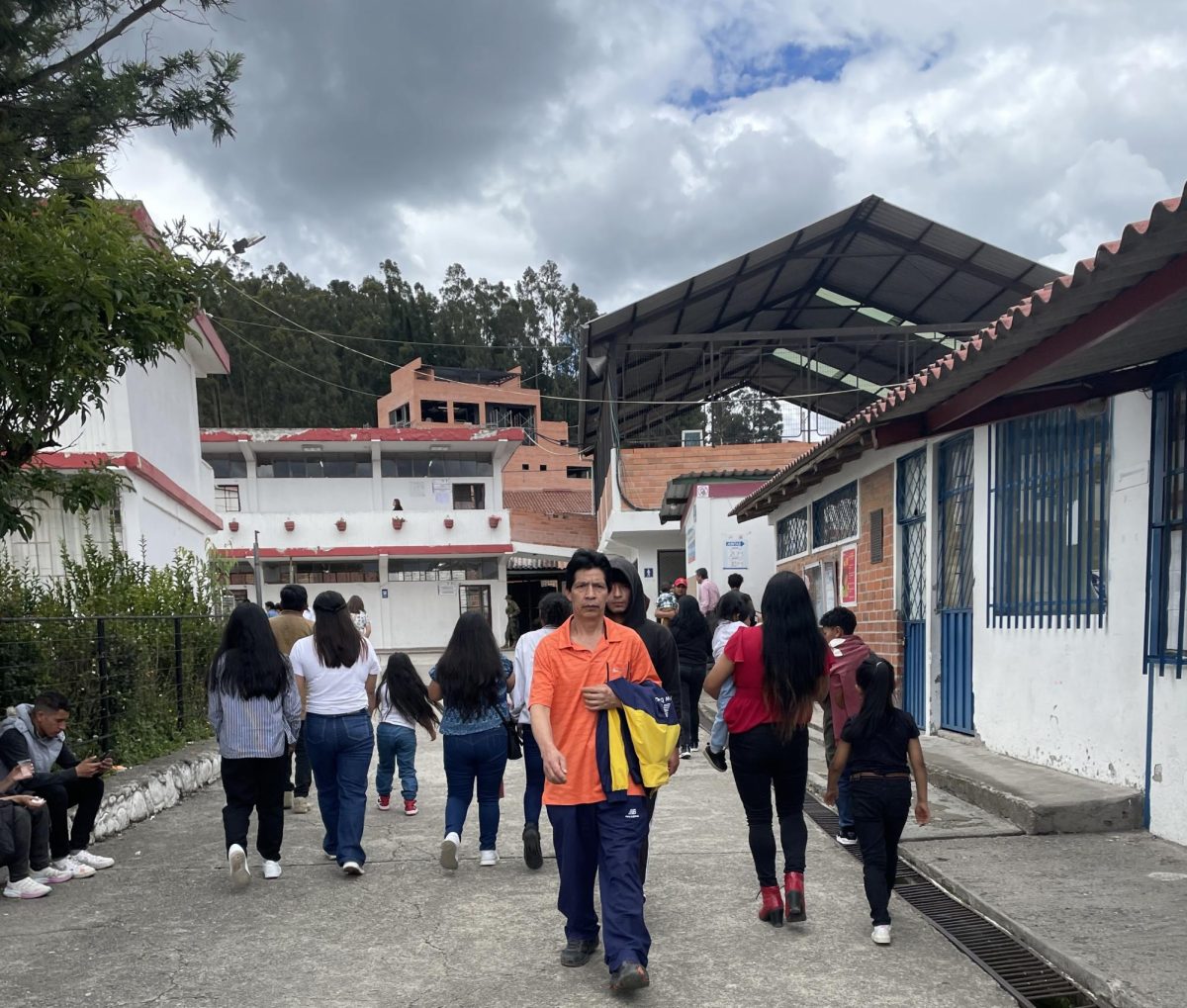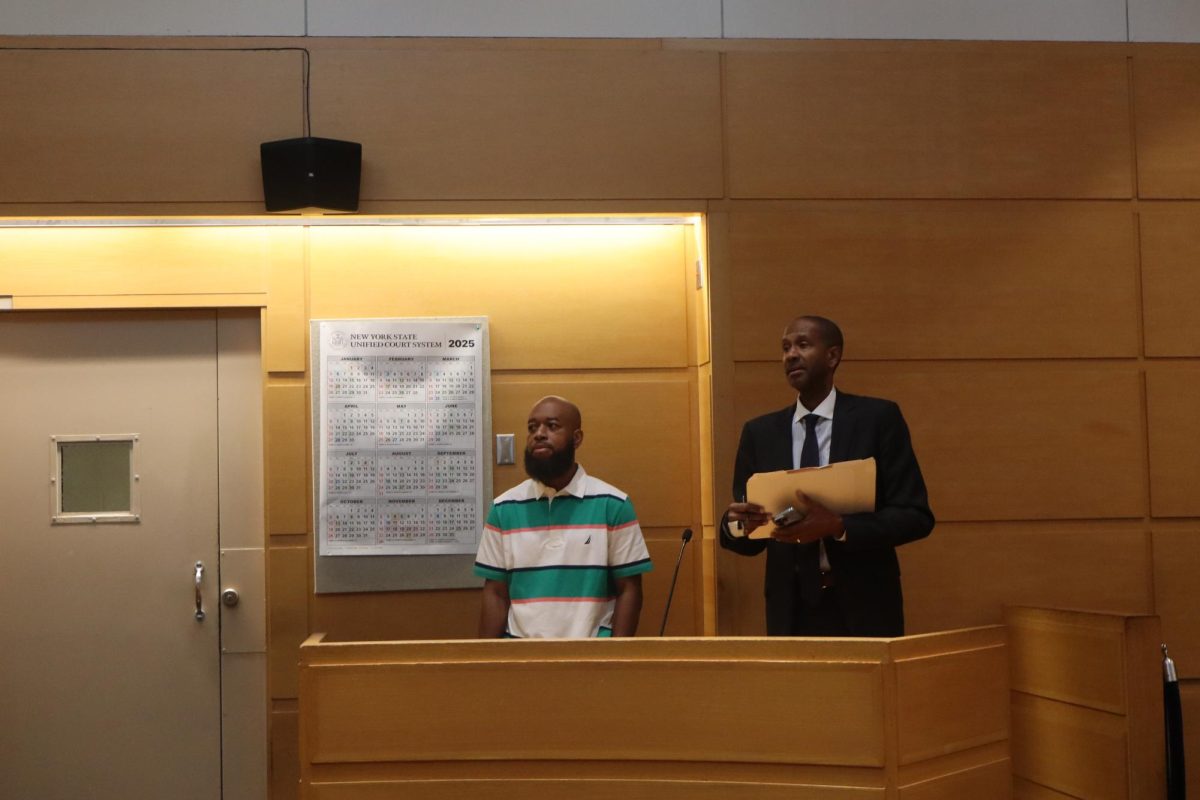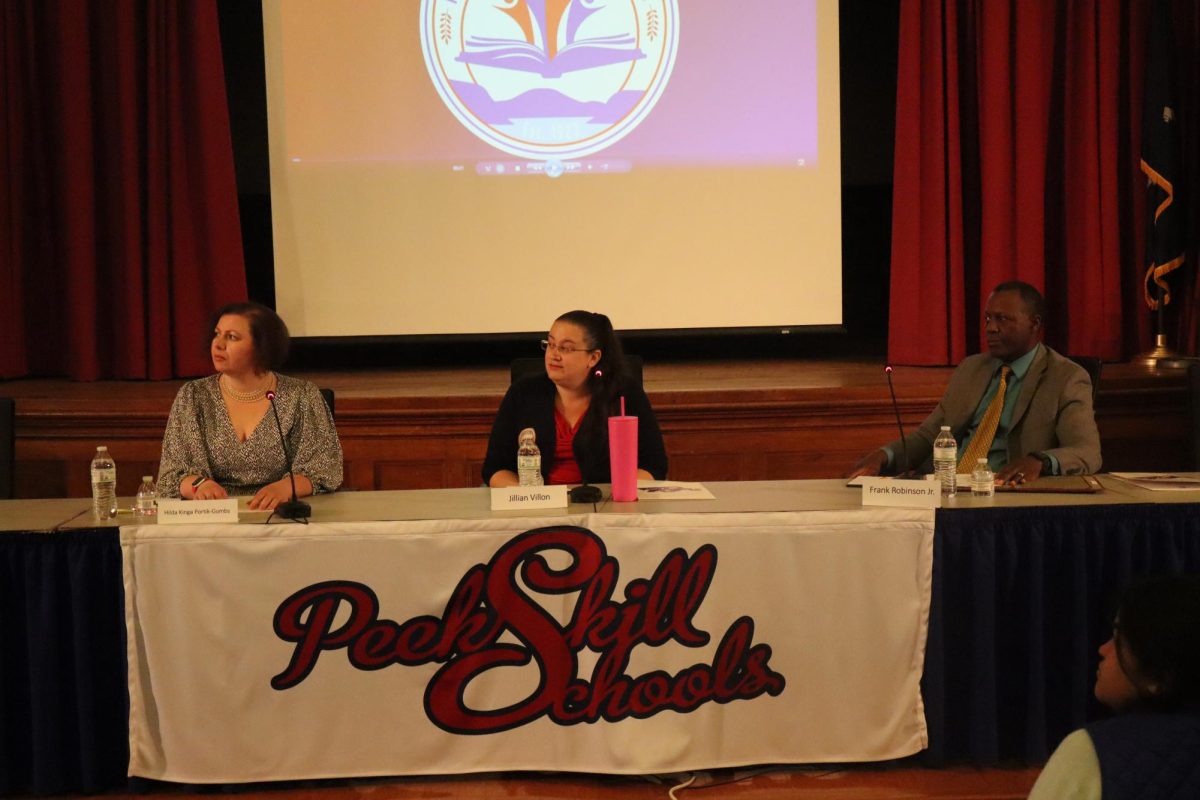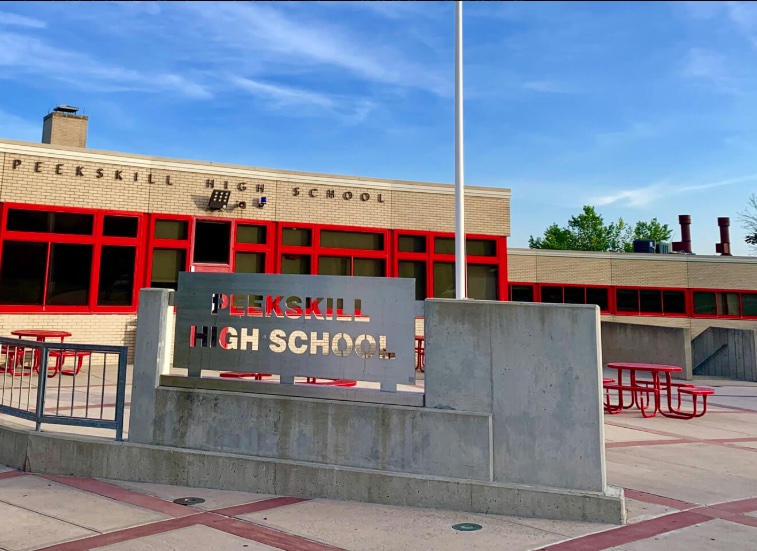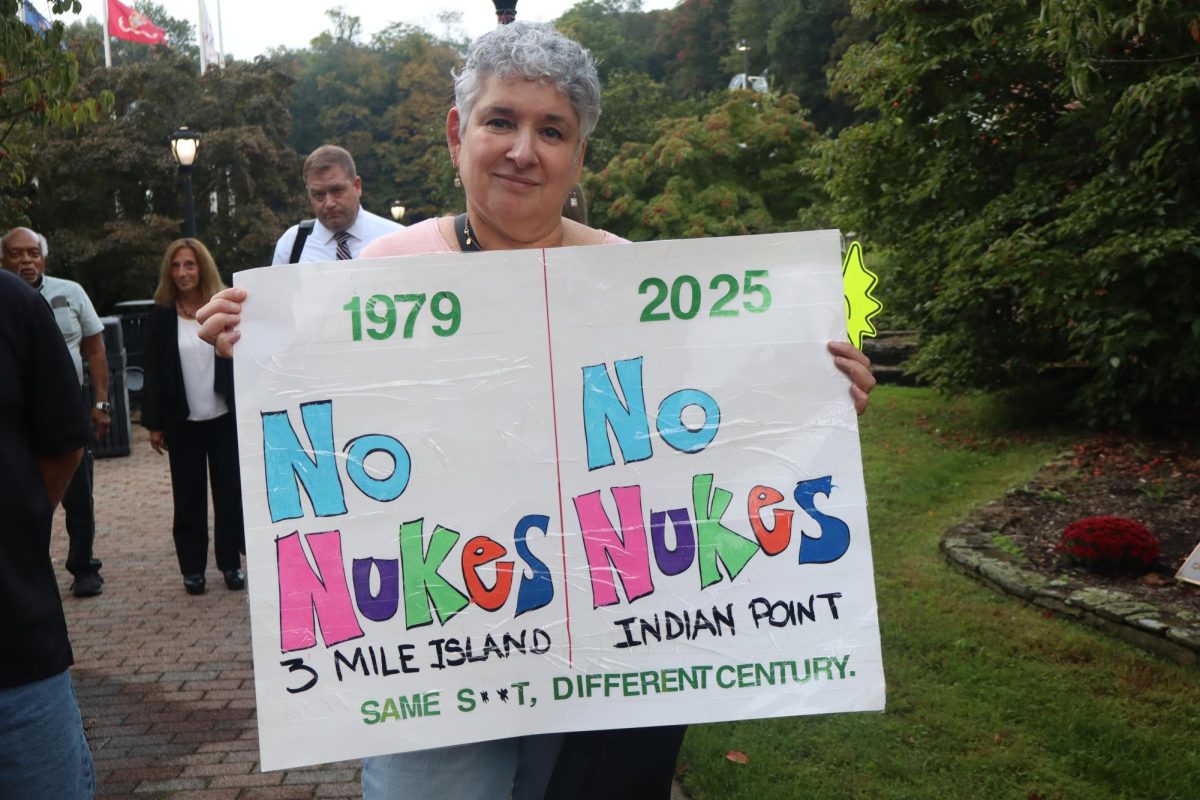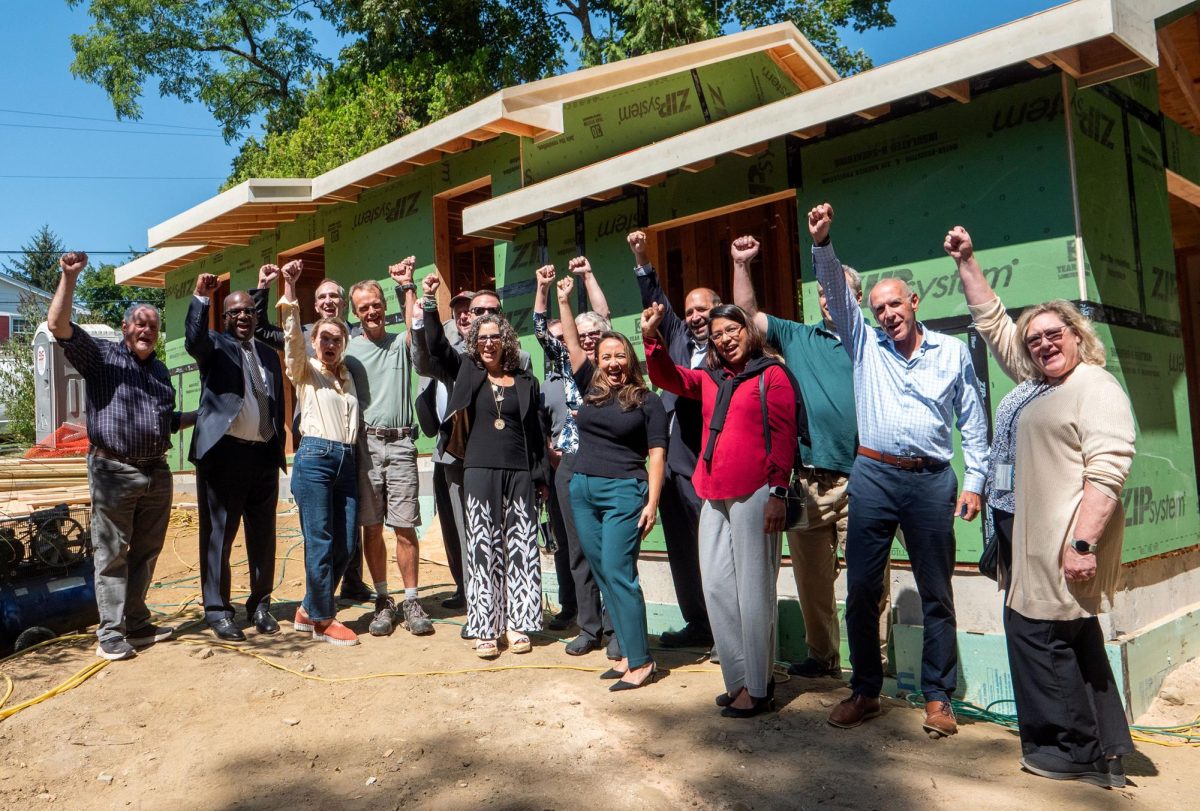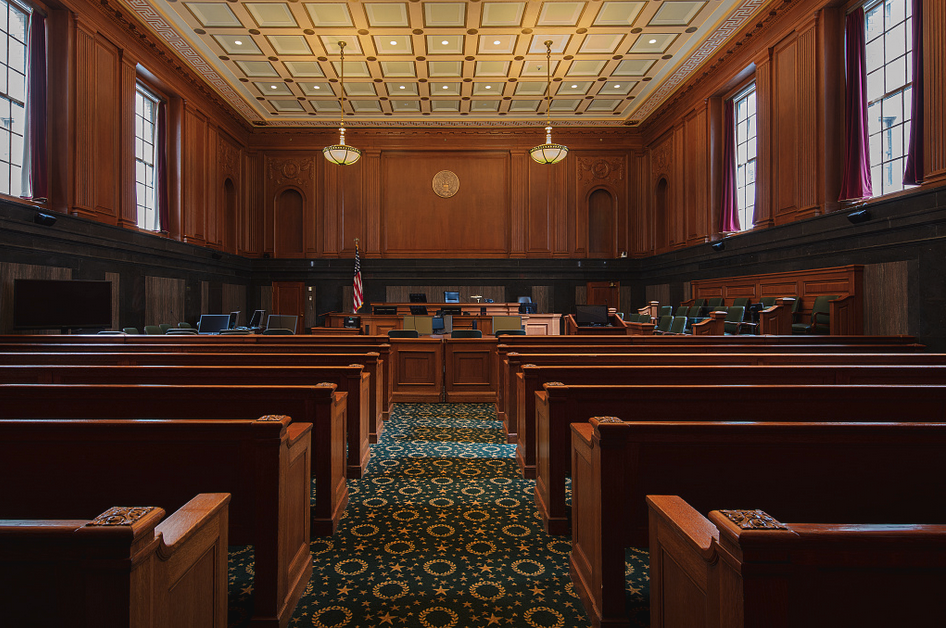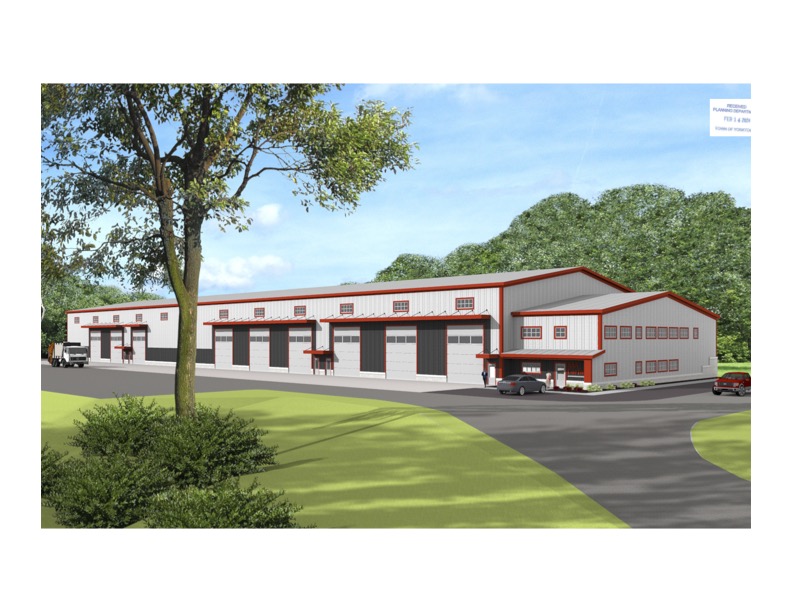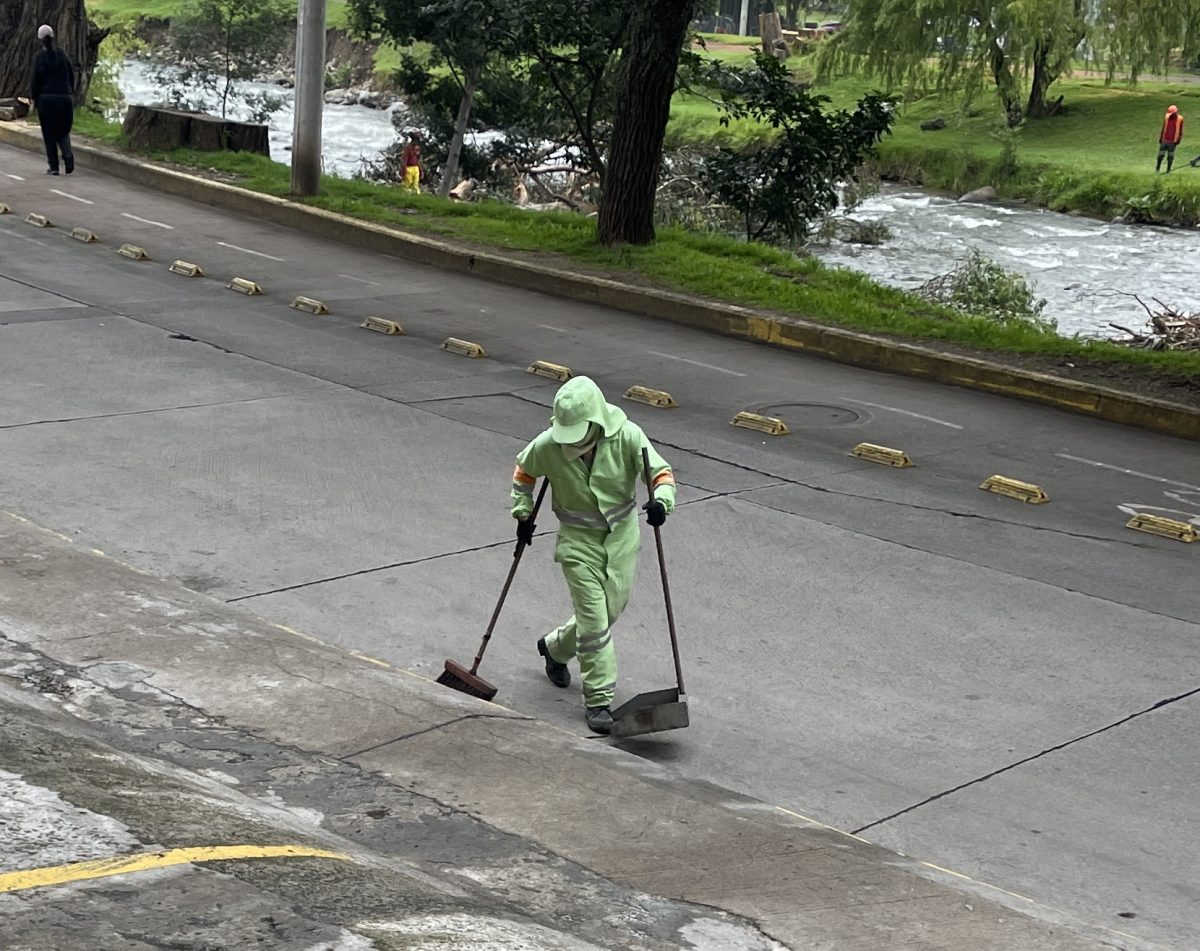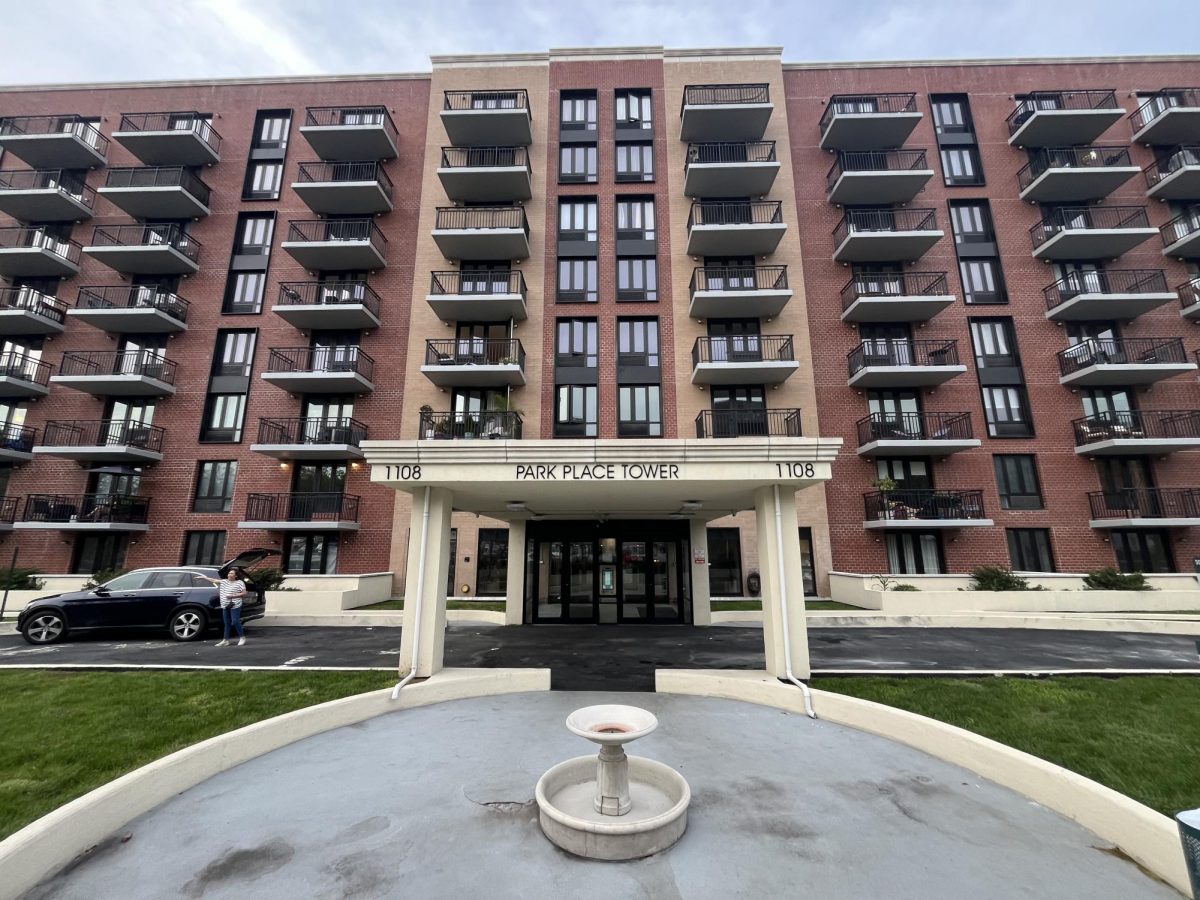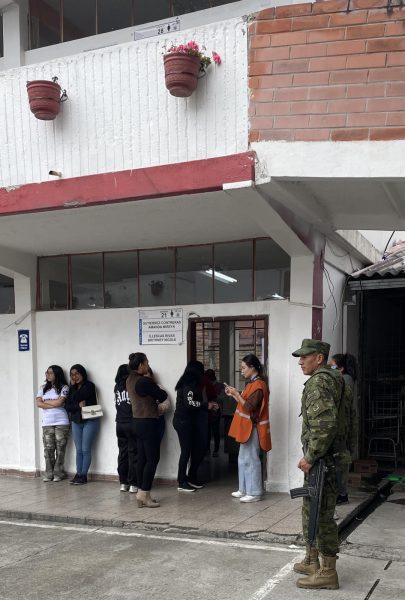
Election Day in Ecuador, Sunday, February 9, dawned sunny, rainy or misty, depending in which region you were. The country – comparable in size to Colorado – contains the Andes mountains running through the center, the Amazon jungle to the east, bordering Colombia and Peru, and the low lying coastal areas and beaches of the Pacific Ocean.
In the town of Giron, about a 40-minute drive from the center of Cuenca, Peekskill’s sister city, a voter was able to cast his ballot around noon without waiting. The narrow road to the school where voting took place was crowded with cars and people walking to and from the polling place. There were also vendors selling ice cream and other sweets.
A few hours later In Cuenca, there was a wait to cast a ballot. The neighborhood of the downtown school had many people mingling to enter the school property. Once inside the courtyard, with classrooms surrounding where voting was taking place, the mood was subdued and quiet, in keeping with the period known as electoral silence, where no political campaigning is allowed or alcohol is sold.
Outside the gates were vendors selling small sleeves that could be laminated to protect the identification card every voter receives after casting their ballot. The cost of getting the card laminated is 25 cents in Cuenca. In Giron it cost 50 cents.
Proof of voting is valuable because it allows one to finalize transactions such as selling a car, purchasing a home or any type of legal transaction such as getting married or divorced. If one can’t produce the paperwork, they need to visit the administrative offices of elections and pay the non-voting fine and explain why they didn’t vote.
In this country of some 18 million people, nearly 80 percent of the eligible voters cast a ballot in their last presidential election in November of 2023. For this election, 83 percent of the people eligible to vote showed up at the polls. In the 2024 presidential election in the United States, where nearly 90 million people or 36 percent of the country’s voting-eligible population did not exercise their right to vote, there is no financial penalty or repercussions for not voting.
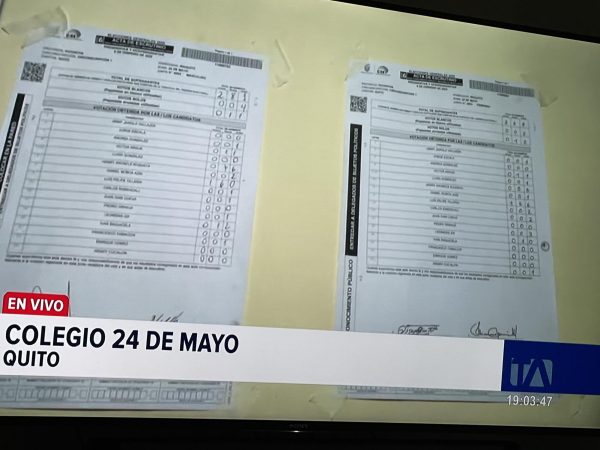
The voting process in Ecuador involves local police, the military and representatives from each of the parties. Voters are handed four sheets of paper after their identity has been verified. They use a pencil to check the box of the candidate they want, or they can check a box for neutral, meaning they are not voting for any of the candidates. They then take their ballot and place it in a securely locked box in the center of the room. The box for the presidential candidate ballots is white and the box containing the votes for the Assembly candidates is brown.
Once the military officers close the doors to the polls at 5 p.m. (if there are people on line they do not get in), the boxes are opened by election workers in the rooms of the schools where the voting took place. The paper ballots are taken out and counted by hand and then recorded onto a form that gets transmitted electronically to the central election headquarters where the numbers are tallied.The transmitted forms, along with the boxes of counted ballots, are sealed and then transported by the military to the regional voting headquarters.
Approximately 943 international election observers were on hand to observe the counting of the votes, a record number of observers. The number of polling places in the country is 3,933.


